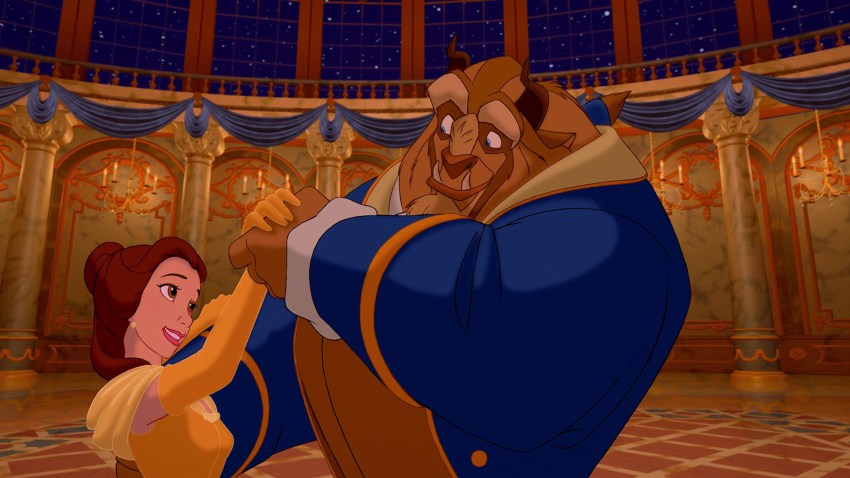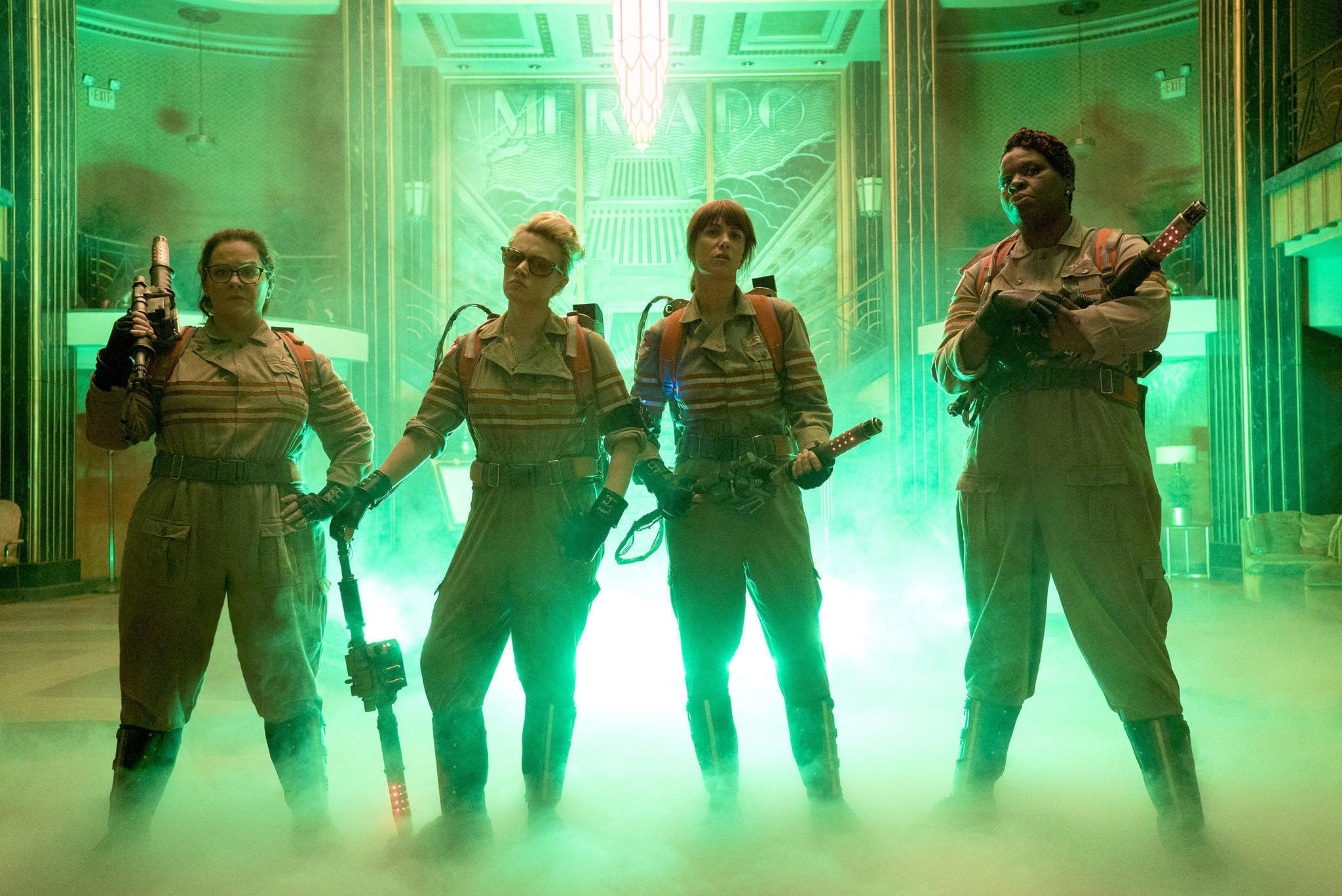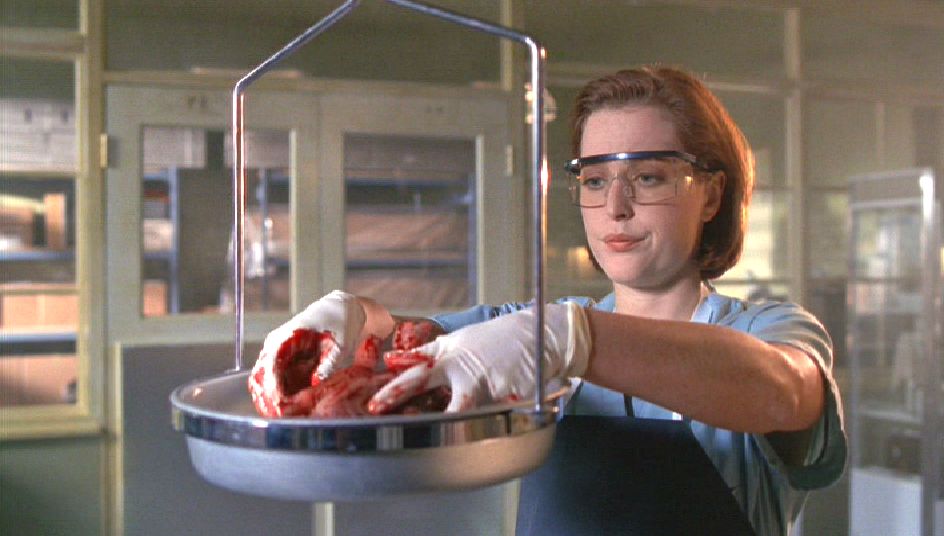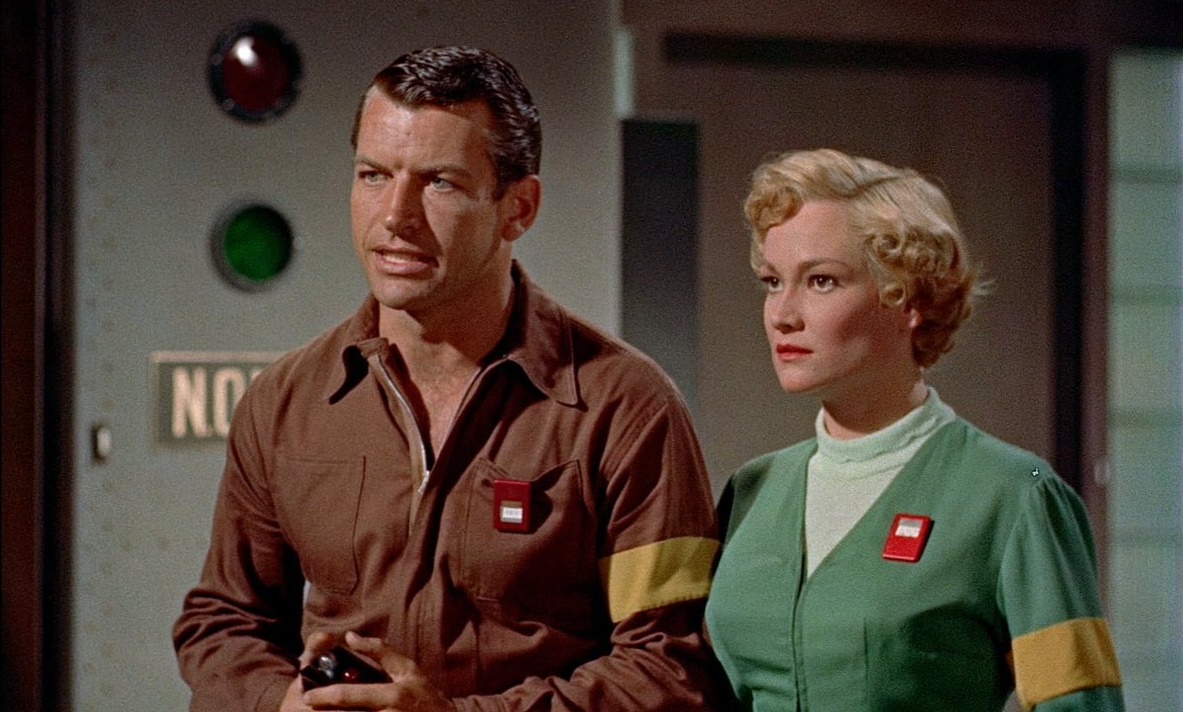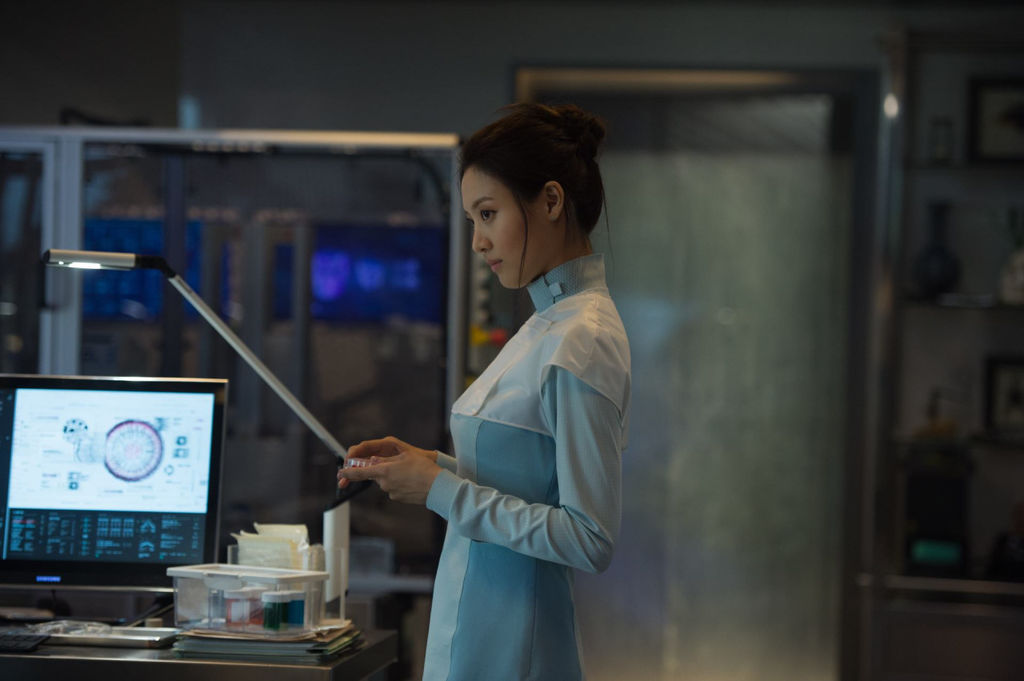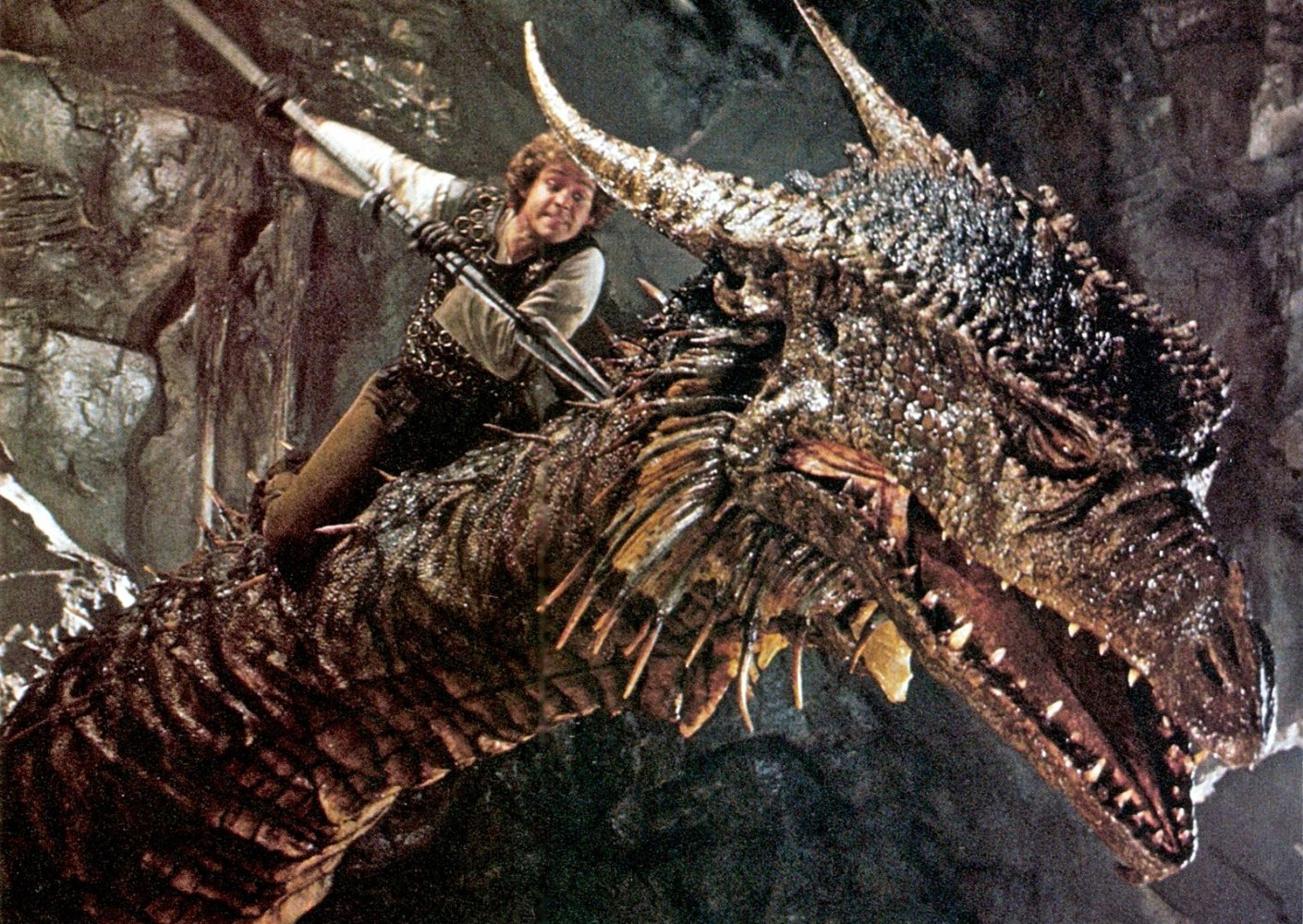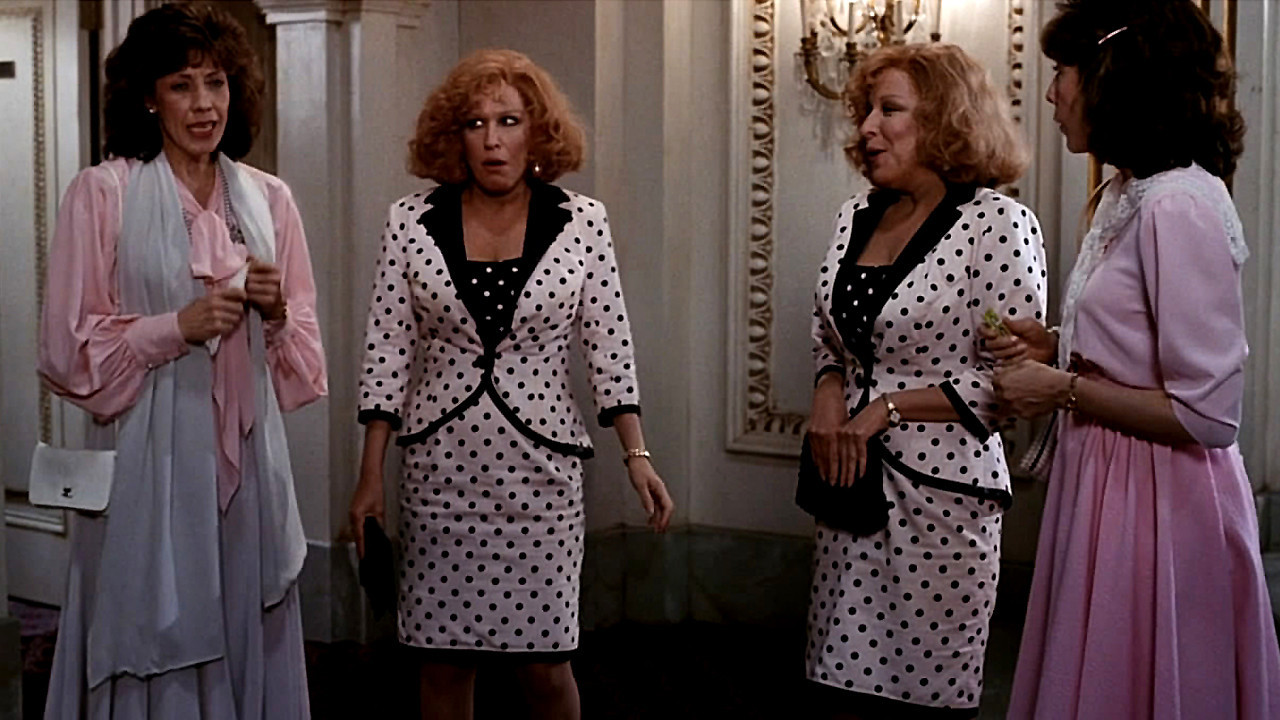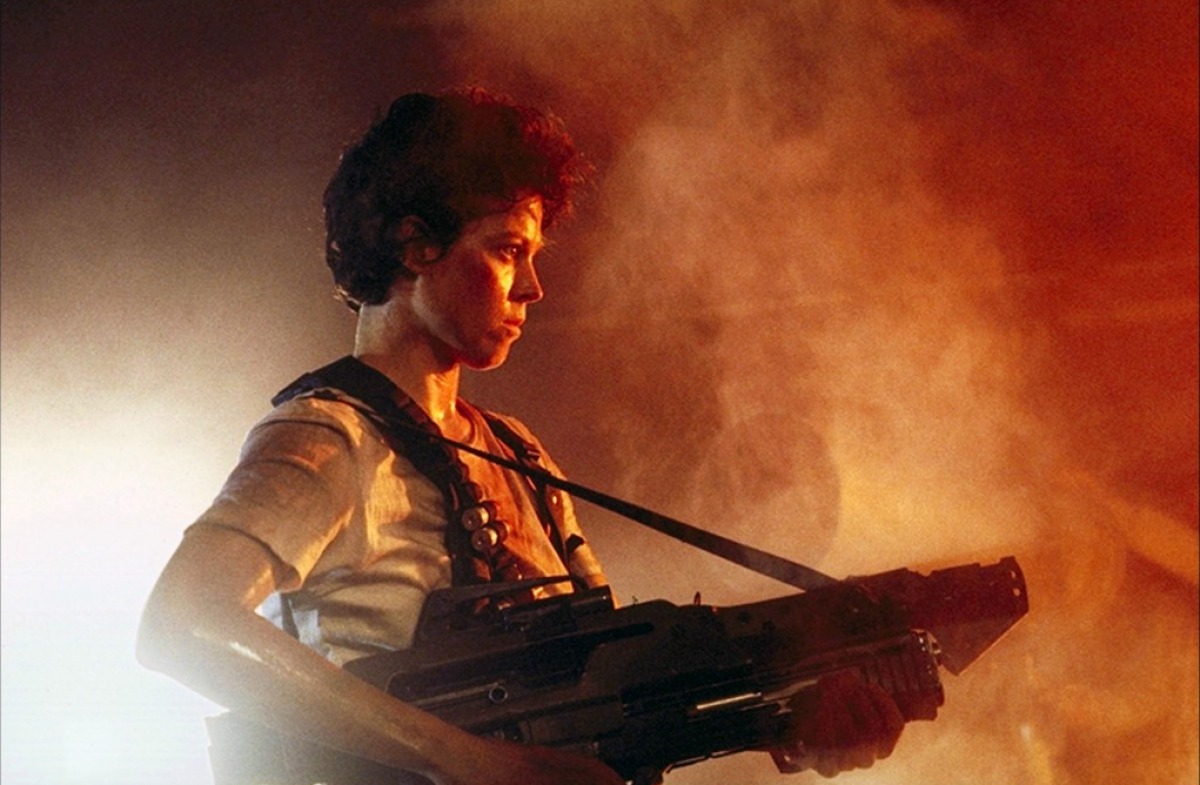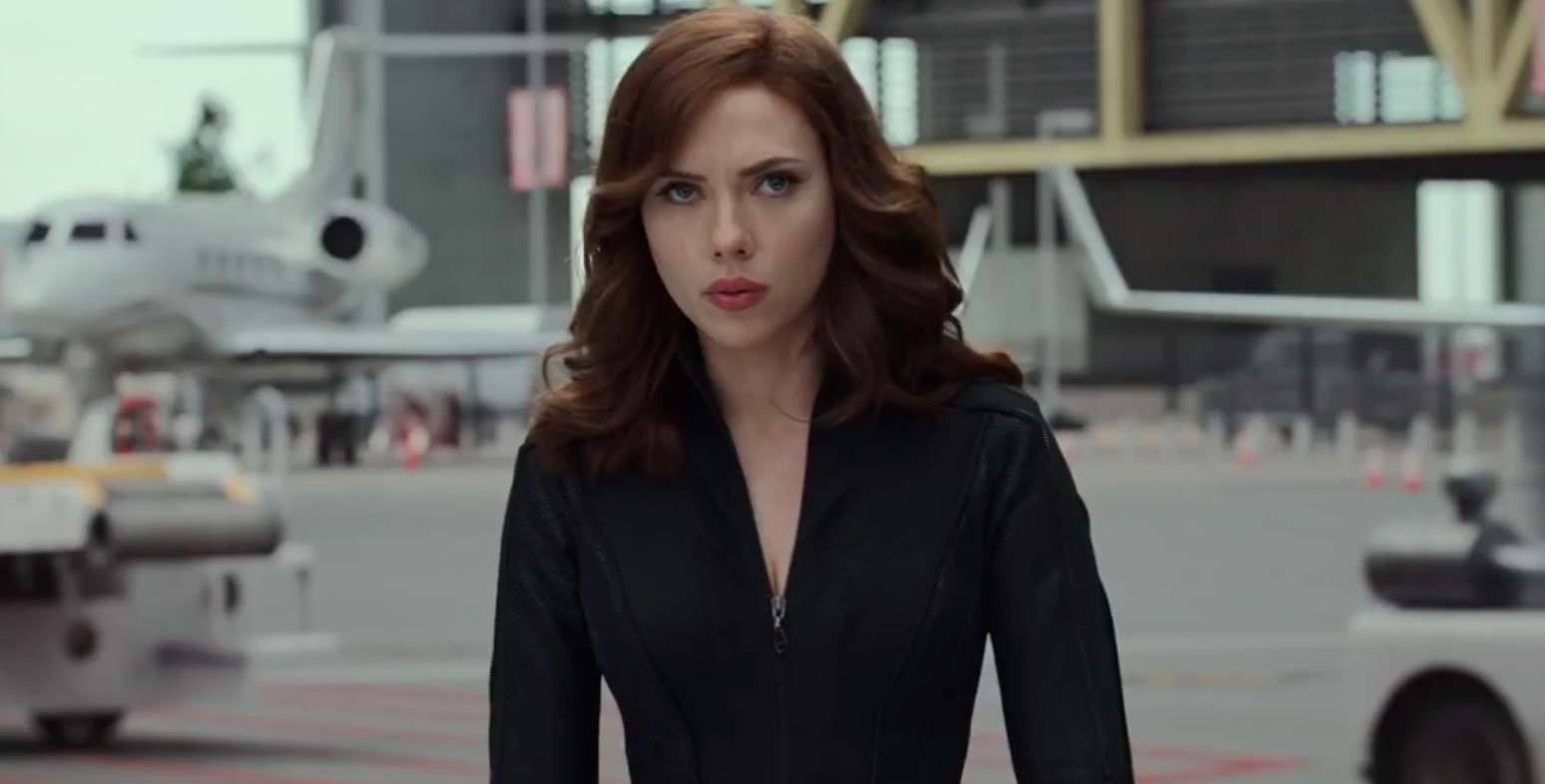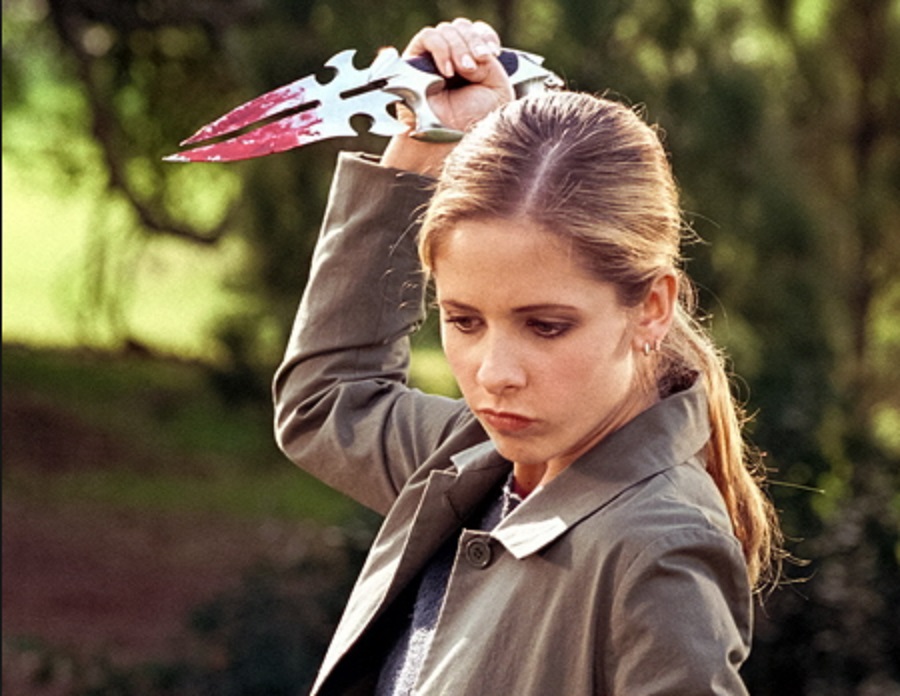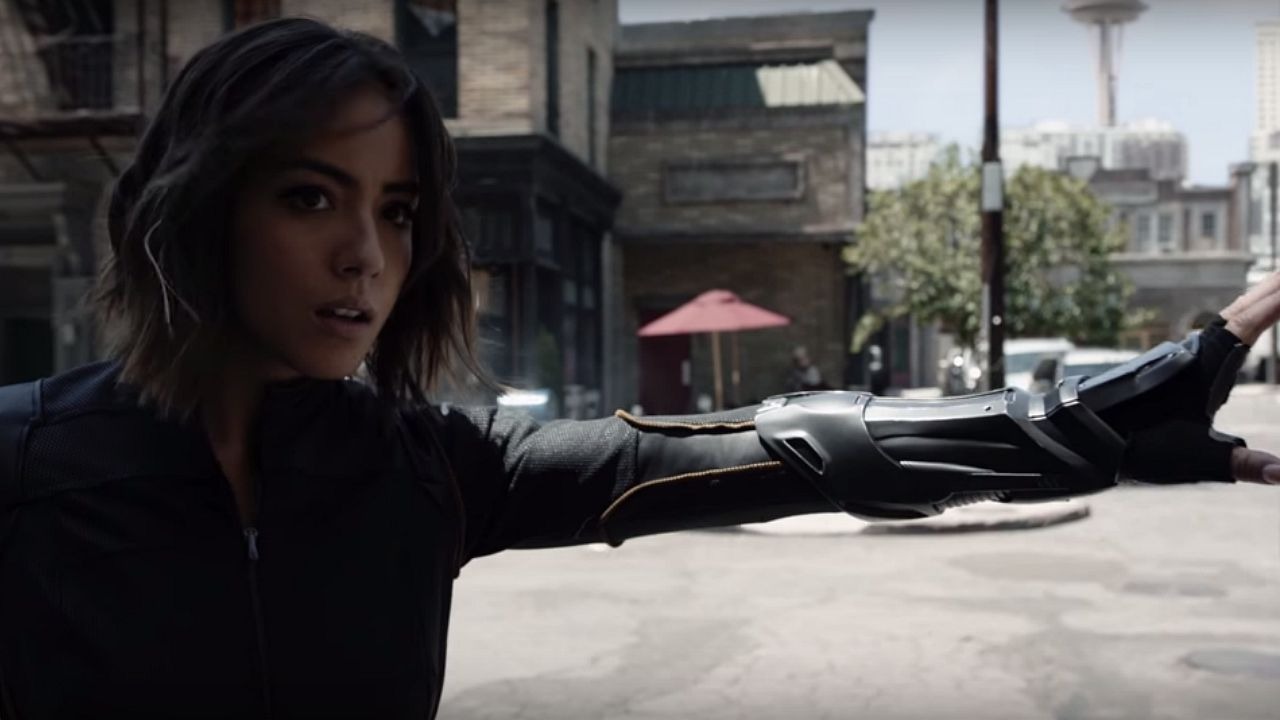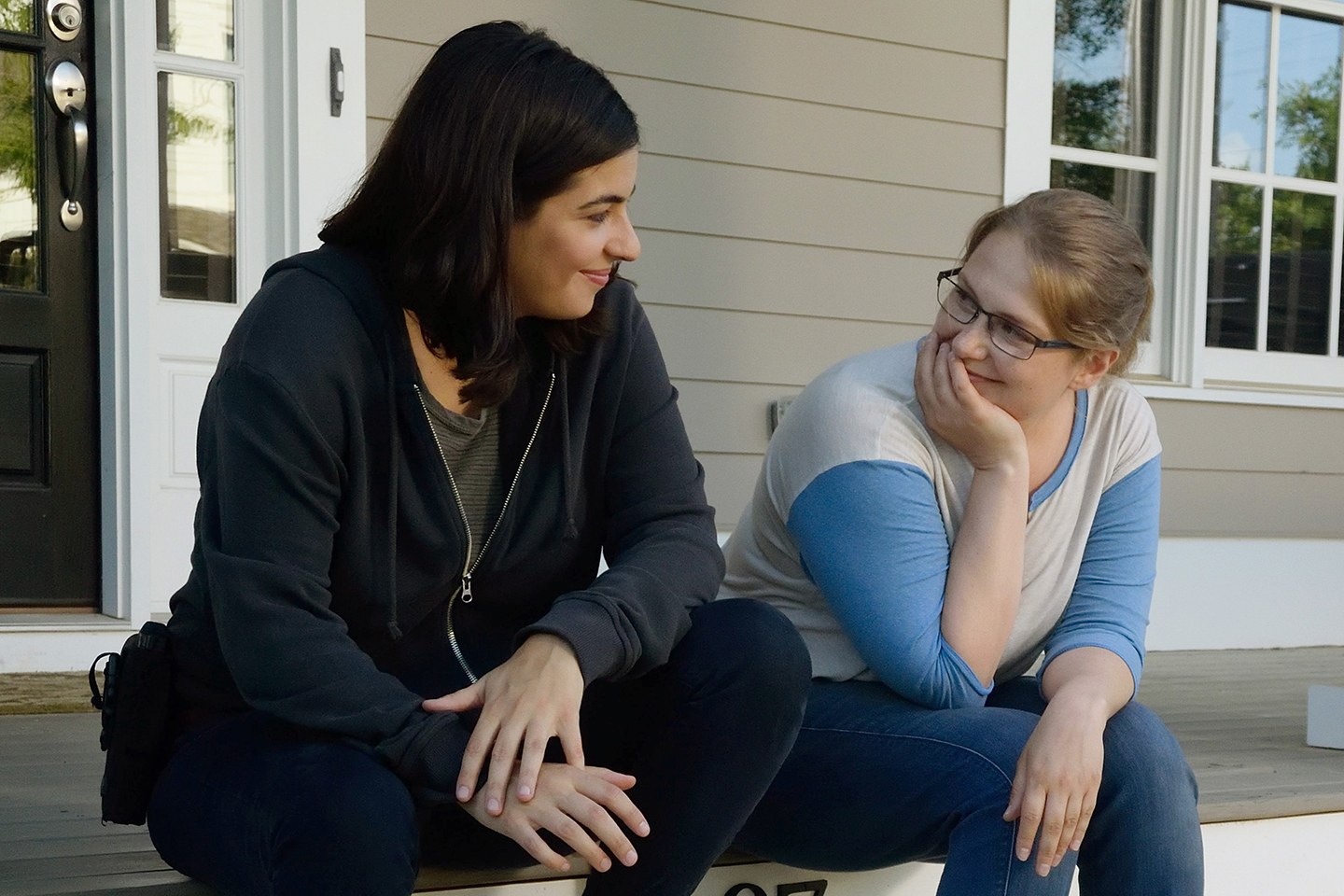How Feminist Is ‘Beauty and the Beast’?
Belle saves the Beast – not just physically by breaking the spell, but emotionally and psychologically by changing his behavior and smoothing his sharp edges. … Both of them begin as loners and societal misfits, but they end as the perfect fit in each other’s lives. However, this nice, mushy message comes at a cost: Belle’s agency as a character. …When we are introduced to Belle she has no more growing left to do in this film other than learn to be less judgmental and find a suitable husband.
